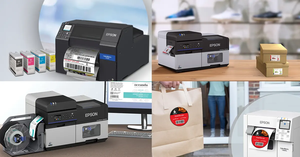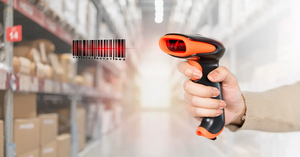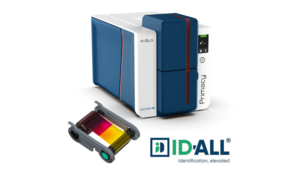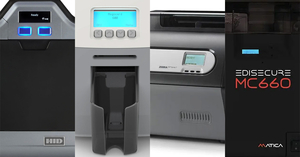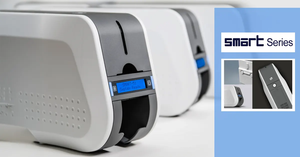Seven steps to ID card printing success
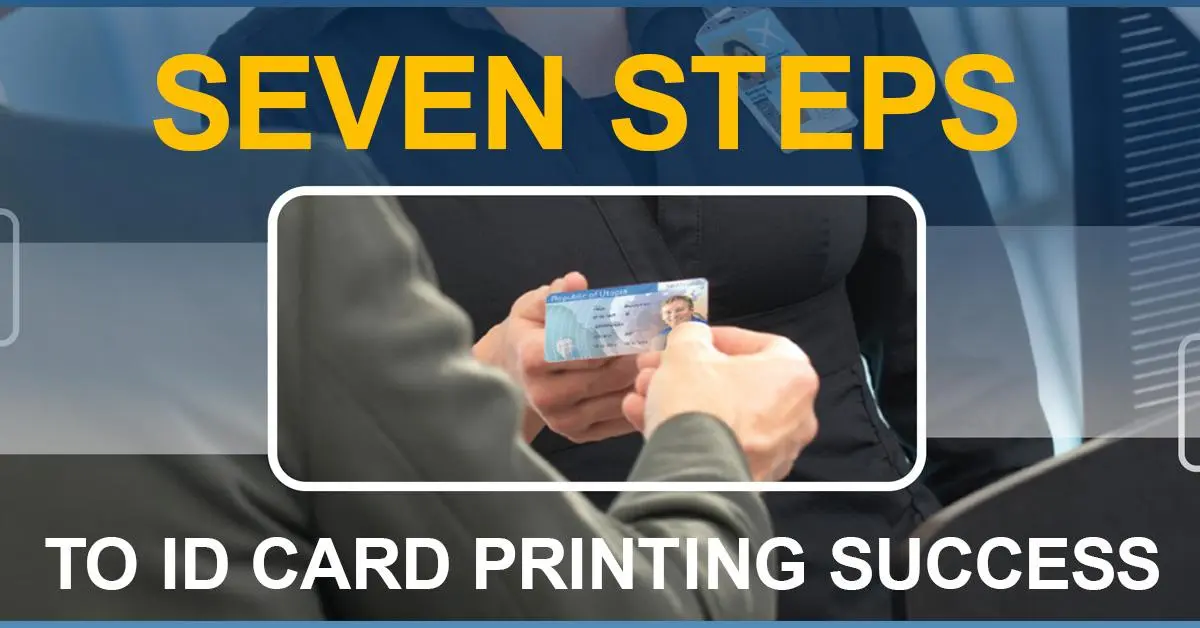
There are plenty of photo ID systems available and at times the choice can appear to be almost overwhelming. How can you work out what you need when faced with so much choice? Here are seven things that will help you to choose the most appropriate card printing system for your needs.
Check what’s included
With an ID card printing system, the printer is going to be the most obvious item that you need to purchase but it probably isn’t the only item. You should also think about the camera you want to work with the printer along with the ID software you will use to design and perhaps some supplies such as a ribbon and the cards which you will be printing. When comparing ID card printing systems it is always important to check that everything you need is included in the box. If you discover something isn’t included as standard you can then calculate how much extra it will cost to add it to the base price.
Think about the software you will need
Your software is an essential component of your chosen ID card badging system. You will need to consider whether your printer will have to interface with existing software and how that software is configured. Think about whether you have or require visitor management software, access control software, or badge creation software to complete your ID card system. Making your ID cards function correctly will depend not just on the printed words on the card but also on the data the card will contain and how that data is read. This information could be contained on the card or drawn from a database and brought in using the software, so it is essential everything works together properly to create the completed system.
Decide how your system will be connected
Your camera will probably be connected to your printer via a USB cable, but how will your printer be connected to the network? You could use a USB cable but that isn’t always a practical option, particularly if your card printing system needs to be mobile at any time or must be situated away from a network connection. If you cannot be sure of always having a physical network connection available then the ability of your system to use an ethernet connection is vital.
Decide between single or dual-sided printing
It can be tempting to purchase an ID card printing system based on your immediate needs without considering any changes you might need to make in the future. Your ID card printer is an investment that you should plan to use for many years so it’s important that your purchase is fully future-proofed. While your immediate needs may only require plain cards printed on a single side what plans do you have for future growth? Will you want to introduce a magnetic strip or a chip to allow more data to be stored? Will you want to simply write on both sides of the card? It is always better to buy a printer that is going to be suitable for the longer-term, or which is at least capable of being upgraded if required. Don’t make the mistake of thinking you can buy a single-sided printer and manually turn over the card and print on the other side. Flipping over cards rarely works and can result in distorted images and even damage to the printhead. It’s better to buy the right printer for your needs.
Calculate the volume of card production
One of the key considerations with any system will be the number of cards that can be printed and the length of time it takes to print them. ID card printers vary significantly in the volume of cards they can quickly produce so consider carefully how many cards you will need and how quickly you will need to produce them. There is no point opting for the cheapest system if it is unable to keep up with the amount of work required. The result is likely to be a broken printer as it eventually gives up under the strain leading to expensive repairs. If you want to print a large number of cards at one time then along with the speed of the printer you should also take into account the size of the hoppers since the capacity of the input and output hoppers will dictate the length of time that you can leave the printer unattended.
Consider the longevity of your cards
When planning your card printing system you will have to consider how long you require your cards to last. If your ID cards will only have a limited lifespan then you do not have to worry much about the durability of the cards but if you expect your printed ID cards to operate for more than 3-5 years without replacement or want the cards to be regularly swiped through a card reader then it is worth looking for printer systems which include options such as lamination to extend the card life. In addition to lamination, you might want to think about whether it is worth using a retransfer printer which prints the desired image onto a film which is then heat-rolled onto the surface of the card. With retransfer printing the final print is far more durable than with conventional card printing.
Ensure the security of card printing system
Plain ID badges for visual inspection require one level of security while an access card will need to be more secure. There is a range of security options that you could consider for your ID cards but they all depend on purchasing the right type of card printing system.
You could consider:
- Tactile impression
- Custom holography
When you are thinking through the security of your cards you will want to be certain that the cards are tamper-proof but you will also want to be certain that only authorized personnel has access to the printer so features such as password protection and locked ribbon access should also be on your list of priorities.
By carefully considering each of these points you will be able to find the perfect ID card printing system for your organization.
